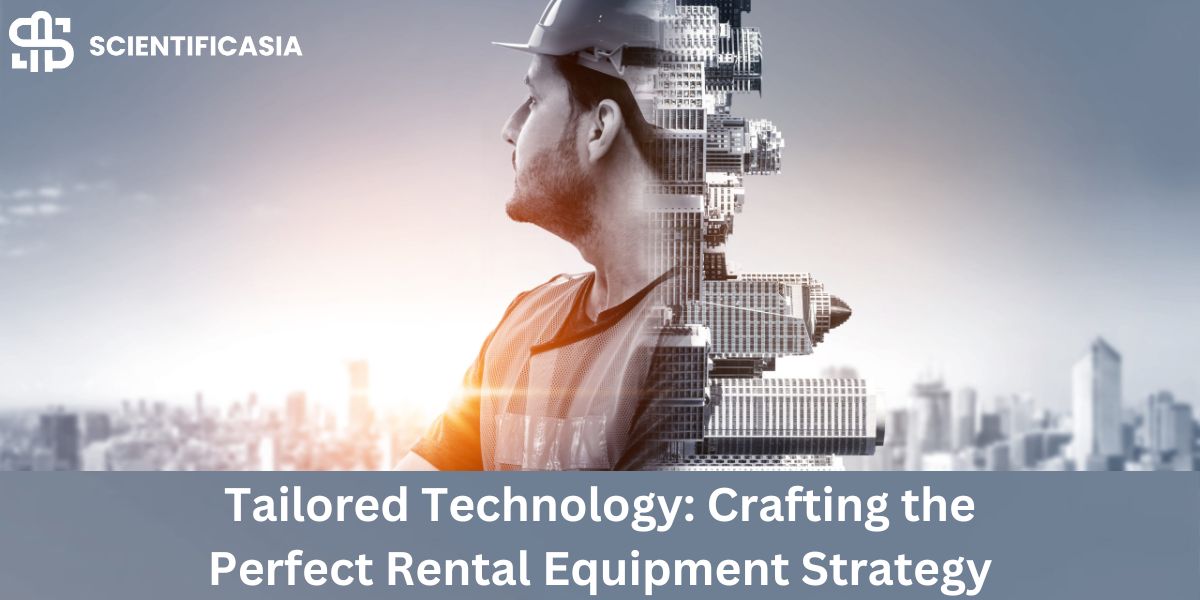The demand for high-quality, reliable technical equipment in project management and execution cannot be overstated. This necessity spans industries, including construction, event management, film production, etc. The strategic approach to selecting and acquiring such tools is pivotal to seamless operation and success. So, this article explores the key elements of developing a successful rental strategy. It offers insights and practical advice to ensure your projects benefit from the best technical equipment for hire.
Scope and Requirements
The first step in developing a rental strategy is thoroughly analyzing the project’s scope and specific equipment needs, which involves:
- Identifying Objectives: Clearly define the project’s goals. This will guide the selection of tools that align with these goals.
- Assessing Technical Specifications: Determine the Technical Specifications Required to meet the Objectives. This Includes Power Performance and any specific Features Needed.
- Assessing Duration and frequence: Considering the Project’s Duration and frequence of Equipment use is pivotal As it influences the decision to conclude on short-term or long-term Reimbursement.
See Also: Accessibe Glassdoor Revolutionizing Workplace Accessibility
Selecting the Right Equipment Provider
Once the Requirements are Established the next Crucial step is Selecting the right equipment Provider. Key factors to consider Include:
- Reputation and Reliability: Choose a rental provider with a proven reliability and quality service record. Customer reviews and industry recommendations can offer valuable insights.
- Variety and Availability: Ensure they offer a wide range of technical equipment for hire that meets your specifications. Availability is critical to avoid delays.
- Support and Maintenance: Look for those who offer comprehensive support and maintenance services. This approach guarantees prompt resolution of any issues, ensuring they do not impede project progress.
Cost Consideration and Budget Management
Effective budget management is vital for the financial health of any company. So, when planning for hire, consider the following:
- Comparative Cost Analysis: Conduct a cost-benefit analysis to Compare Purchasing Versus renting expenses. For many Companies Renting Offers a cost-effective Solution Without Needing long-term Investment.
- Hidden Costs and Fees: Be aware of additional costs, such as delivery charges, insurance, and late return fees. Factor these into the overall budget.
- Flexible Rental Plans: Seek rental providers that offer flexible rental plans. This can include scalable options that accommodate changing needs without incurring unnecessary costs.
Integrating Equipment Into Project Plans
Integrating successfully into project plans guarantees meeting timelines and maximising productivity. Strategies for achieving this include:
- Scheduling and Coordination: Develop a detailed delivery, deployment, and return schedule. Coordinate these activities with project milestones to ensure smooth operation.
- Training and Familiarisation: Ensure team members are adequately trained and familiar with the equipment. This minimises downtime and enhances safety and efficiency.
- Contingency Planning: Have contingency plans for failure or unavailability. This can involve arranging backups or identifying alternative suppliers.
Maximising the Benefits of Rental Equipment
To fully leverage the advantages of renting, consider these best practices:
- Stay streamlined on Technological Advancements: Regularly modernize your knowledge of new technologies and outfit advancements. Utilising the rearmost results can give a competitive edge.
- Feedback and Evaluation: After completing a design, assessing its performance and service quality is important. This feedback is inestimable for unborn planning and decision- timber.
- Build Strong Supplier Relationships:
Developing a solid relationship with outfit reimbursement providers can lead to better terms, precedence service, and access to a broader range of outfits.
Conclusion
A well-crafted strategy for hiring technical equipment is crucial for the success of any project that depends on specialised technology. Organisations can achieve their project objectives efficiently and effectively by understanding project requirements and selecting the right rental provider. Further, they should manage costs effectively, integrate them into project plans, and adopt best practices. Several brands offer a comprehensive range of technical equipment solutions customised to suit the varied requirements of your projects, guaranteeing smooth and efficient operations.
Read More:
Emerging Technologies in Video Production: Exploring the Future of Filmmaking
















